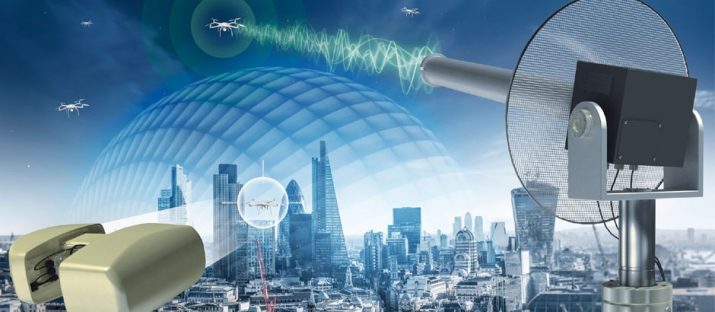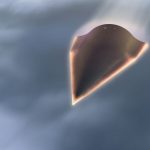
British defense firm develops beam weapon that can disable micro-drones
Friday, September 18, 2015 by usafeaturesmedia
http://www.nationalsecurity.news/2015-09-18-british-defense-firm-develops-beam-weapon-that-can-disable-micro-drones

(NationalSecurity.news) Unmanned aerial vehicles (UAVs), or drones, have long been staples in the U.S. military’s arsenal and are increasingly being utilized by more and more militaries around the world.
But so-called “micro-drones” – miniaturized UAVs – are beginning to saturate the civilian market, and defense officials worry that they could be adapted by terrorists or other non-state actors to carry out a variety of attacks.
Along those lines, British defense firm Selex ES recently introduced a magnetic shield-type of weapon that acts as a countermeasure to ward off and defeat commercial drones.
As reported by Sputnik, the Falcon Shield was in development for three years, making its public debute at the Defense and Security Equipment International Exhibit in London in mid-September.
Officials with Selex ES did not explain the new system’s proprietary technology in much detailed – technology co-developed with military partners and customers – but they did say that drones can be detected, taken over and then flown to land safely away from potential targets.
“Electronic warfare is the ability to control the electromagnetic spectrum,” said Stephen Williams, C-UAV capability manager at Selex ES.
The system is designed to be scalable so it can provide protection to any size location – from a small group of people to a vehicular convoy to larger-scale critical infrastructure and military bases, company officials said.
“What we are looking to do is harnessing multiple layers of technology to counter this evolving threat from mini- and micro-UAS,” Williams said. “Our solution is not one-size-fits-all … it can address the full scope of what our customers need from operating in the middle of London to protecting large nuclear facilities.”
The system is designed to counter the rise in popularity of small, commercially sold drones. As more micro-drones are sold, the incidents involving them are rising as well, and security experts have expressed concerns that they could somehow be weaponized and used to attack.
Just a few of the most recent incidents involving small UAVs include:
- A commercial drone reportedly alarmed the Secret Service in March when the aircraft flew too close to President Barack Obama during a round of golf in Florida.
- A man was detained in May for trying to fly a drone near the White House.
- A drunken US government employee dropped a drone onto the White House lawn in January.
- In Japan, a man landed a small drone on the rooftop of Prime Minister Shinzo Abe’s office in April.
Follow NationalSecurity.news editor Jon E. Dougherty on Twitter and Google+.
Sources:
Tagged Under:






